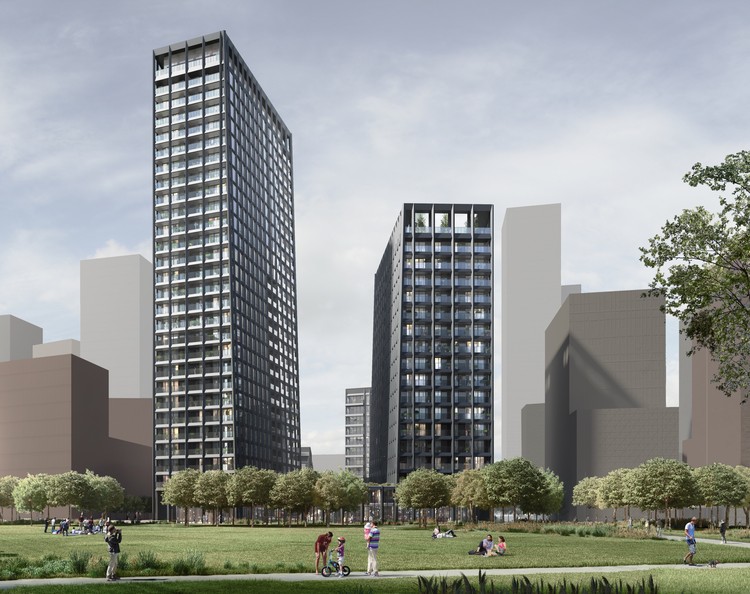
British green energy company Ecotricity has revealed plans for a new Zaha Hadid Architects-designed green technology hub in Stroud, England. The project, known as the “Gateway to Stroud,” will consist of several greenhouse-like buildings and a wooden footbridge that will connect the campus to the future all-wood stadium for the Forest Green Rovers football club, also designed by ZHA and revealed late last year.
Planned as a center for local sports and sports science, the ECO park will provide state-of-the-art office space for environmentally-focused companies as well as public access to a wide range of health and leisure activities.











































.jpg?1487076478)









